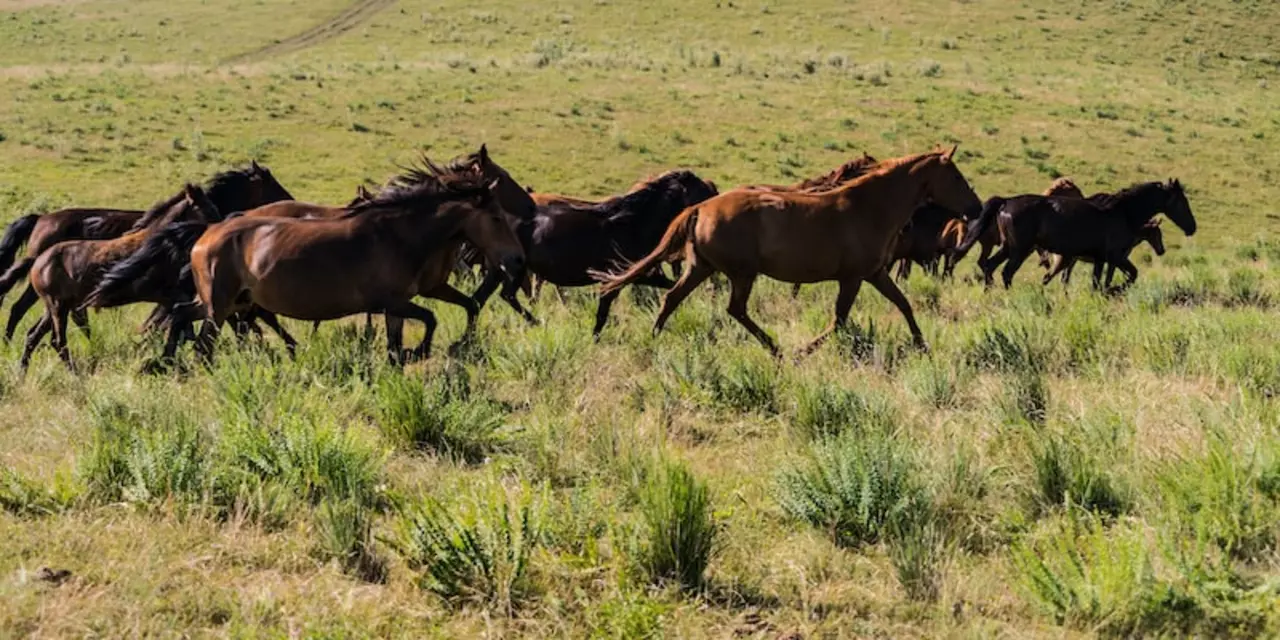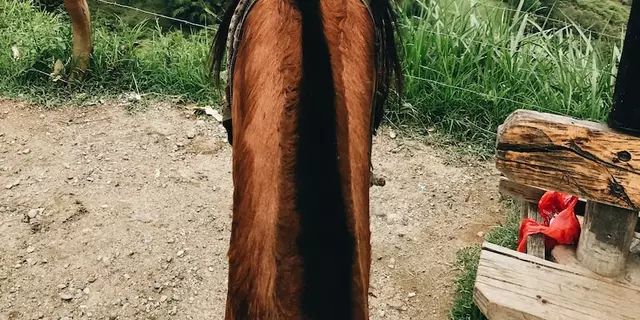Equestrian Knowledge: Your Quick Guide to Riding FAQs
Got a question about getting on a horse, staying safe, or keeping your back happy after a ride? You’re not alone. Riders of all ages ask the same things, and the answers are often simpler than you think. Below you’ll find the most useful tips collected from the community, so you can hop in the saddle with confidence.
Can you start riding later in life?
Absolutely. Whether you’re 16, 30, or 60, the only real limits are your fitness level and the right instructor. Younger riders may pick up balance faster, but older beginners bring patience and focus that can speed up learning. The key is to start with short lessons, work on core strength, and choose a calm, well‑trained horse. In short, age isn’t a barrier – commitment is.
How fast can you learn to ride?
Many people wonder if a week of lessons is enough. A solid week can give you the basics: mounting, holding the reins, and a simple walk trot. Mastery, however, takes months of practice. Think of the first week as planting a seed; consistent riding, stretching, and good feedback will let that seed grow into real skill. If you’re eager, target three lessons a week and practice the moves you learn in a safe arena.
Gear matters more than you might think. A proper helmet, well‑fitted boots, and a comfortable saddle can prevent injuries and make every ride more enjoyable. Skipping the helmet to look cool? Bad idea. A helmet protects you from head trauma in a fall, and modern designs are lightweight enough that you barely notice them.
Back pain after riding is a common complaint. The main culprits are poor posture and a badly fitted saddle. Keep your shoulders relaxed, elbows in, and sit deep in the seat. Before you ride, do a quick warm‑up: gentle neck rolls, shoulder shrugs, and a few hip circles. After the session, stretch the lower back, hamstrings, and hips. Hydration and a short walk afterward also help reduce stiffness.
If you ever wonder whether riding a mule is very different, the answer is yes and no. Mules are steadier and can be more stubborn, so you need a calm approach and consistent signals. The basics – mounting, holding reins, and moving with the animal – stay the same. Treat a mule like a horse but expect a slower, more deliberate pace.
What about the Roman nose you see on some horses? It’s simply a genetic trait that gives a convex facial profile. Breeds like the Andalusian and Shire often show it. It doesn’t affect performance, but it does add character.
Finally, remember that learning to care for a horse is as important as learning to ride. Feeding, grooming, and stall maintenance build trust and keep the animal healthy. Even if you’re just a weekend rider, spending time on the ground helps you read your horse’s mood and respond appropriately in the saddle.
So, whether you’re just curious, planning your first lesson, or looking to fine‑tune an existing routine, these nuggets of knowledge should get you moving in the right direction. Keep asking questions, keep riding, and enjoy the partnership that only a horse can offer.



